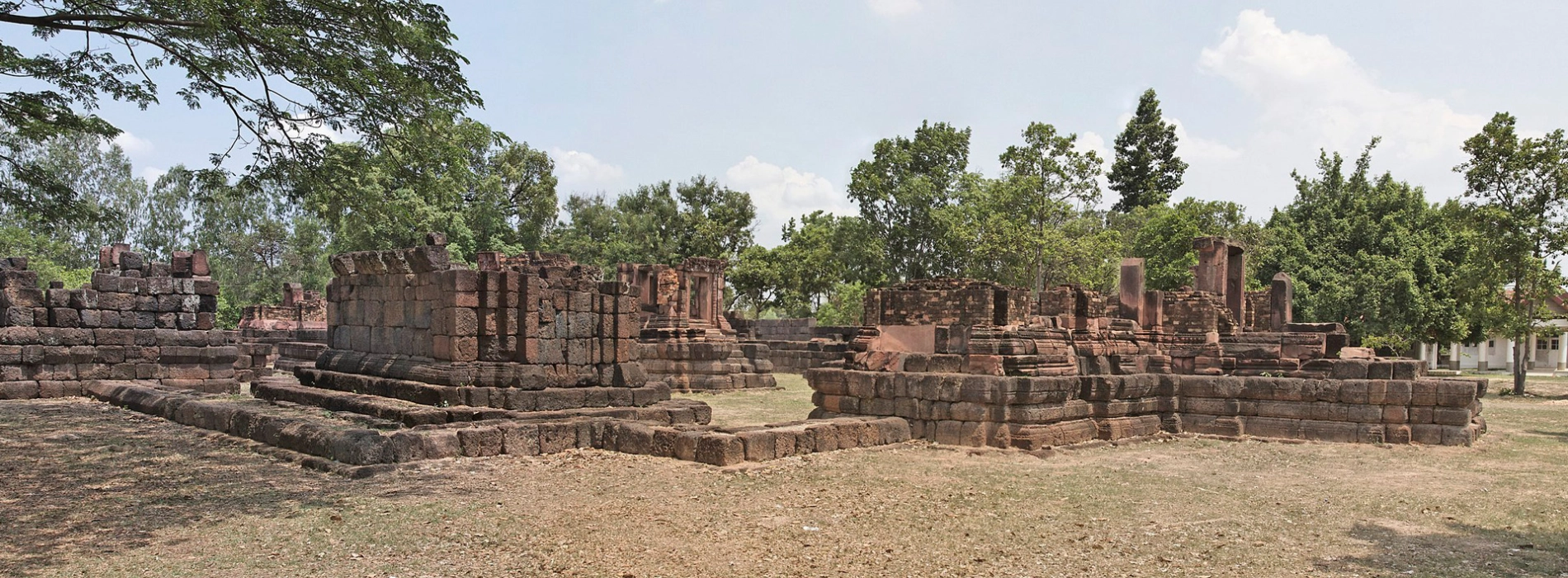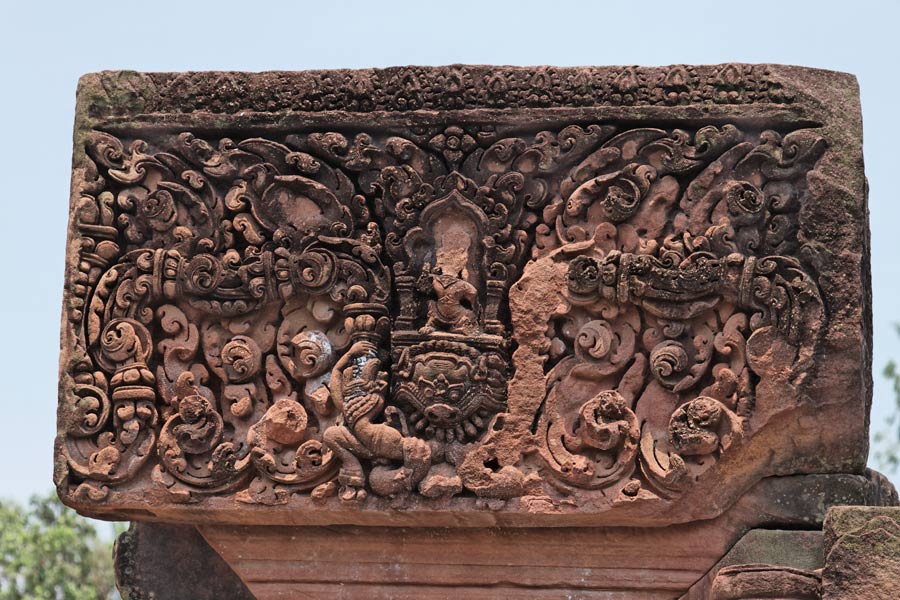Ku Ka Sing

Ku Ka Sing, in Roi Et Province, is another Khmer temple complex from the 11th century. Its architectural style is comparable to other Khmer temples from the Angkor era, including prangs and stone sculptures. The site is historically and culturally significant, providing visitors with the opportunity to learn about Thailand's ancient history and its links to the Khmer Empire.
Let’s explore this site with Asia King Travel!

History of Ku Ka Sing
Ku Ka Sing is constructed as a Hindu temple complex, it features typical Khmer architectural elements such as prangs and stone carvings. Abandoned over time, Ku Ka Sing was rediscovered by archaeologists and has since been preserved and studied as an important cultural heritage site. Today, it serves as a reminder of Thailand's ancient past and its connections with neighboring civilizations, attracting tourists interested in history and archaeology.
This Khmer-style old religious space may be seen at Tambon Ku Ka Sing's Wat Burapha Ku Ka Sing temple. It is thought to have been built in the early 1000s and consists of three Prangs (spires) on a laterite base with rectangular library structures in front.

The architecture of Ku Ka Sing
The remains are enclosed by a wall, featuring entry pavilions known as Gopuras in four directions. Outside, a U-shaped moat surrounds the wall. It is thought that the site was devoted to the Hindu deity Shiva.

The architecture of Ku Ka Sing
The center prang is bigger than the other two. It features a lengthy antechamber with three entrances in the front and on both sides. The Prang's foundation is sandstone, with lotus flowers and flame-like Kanok motifs etched onto it.

The architecture of Ku Ka Sing
A Shiva Lingam is located inside the inner chamber of the central prang and represents the Supreme God Shiva and fertility, according to the beliefs of a Shiva-worshiping Hindu sect. One of the lintels discovered at the ancient site portrays the God Indra on his mount, the Erawan or Airavata elephant, in a stylized arch over the Kala face, his hands holding a garland.
Traveling to Ku Ka Sing involves various costs.

Best time to visit Ku Ka Sing
Ku Ka Sing is best visited between November and February, when temperatures are milder and drier. During this time, temperatures are more pleasant and there is a lower possibility of rain, making it excellent for visiting the temple complex and participating in outdoor activities in Roi Et Province. Furthermore, following the rainy season, the environment becomes lush and green, which adds to the picturesque attractiveness of the surroundings.
In case you want to have a trip to Thailand: Thailand Tours 10 days
When visiting Ku Ka Sing Temple, some requirements must be followed to guarantee a courteous and pleasurable experience. By following these recommendations, you may guarantee that your visit to Ku Ka Sing Temple is courteous and enriching, while also helping to preserve this unique cultural heritage site.
Photographic: Photography is normally permitted at Ku Ka Sing, however please follow any signs or rules indicating photographic limitations. Avoid utilizing flash photography, especially in low-light locations, and be cautious of other guests when shooting images.
Courteous behavior: Keep a calm and courteous manner when exploring the temple grounds. Avoid loud discussions and be considerate of people who may be thinking or praying. Do not climb on the temple remains or touch the antique stone sculptures.
Dress code: Dress modestly to honor the holiness of the location. Dress and wear attire that covers your shoulders and knees. Avoid wearing exposing clothing and take off your shoes before approaching specific portions of the temple complex.
.jpg)
Notes when visiting Ku Ka Sing
Follow instructions: Pay heed to any signs or instructions posted at the location. Follow the approved walkways and avoid accessing prohibited areas. If guided tours are offered, consider taking one to understand more about the temple's history and significance.
Dispose of rubbish properly: Help keep the temple grounds clean by placing rubbish in designated containers. Avoid littering, and carry a small bag to collect any garbage you create during your stay.
Culture knowledge: Learn about the history and cultural significance of Ku Ka Sing. Respect the religious beliefs and customs of the local community, and be willing to learn about and appreciate their traditions.
There are two ways to reach the destination. You can either take the Roi Et-Kaset Wisai route or Highway No. 214 for 47 kilometers, then proceed on the Kaset Wisai-Suwannaphumi route for an additional 10 kilometers. Make a right turn towards Ku Ka Sing and continue for 10 kilometers.
Alternatively, you can opt for the Roi Et-Suwannaphum-Surin route (Highway No. 215), then switch to Highway 214 for 60 kilometers until you arrive at a temple called Wat Ku Phra Kona. Directly across from the temple, there's a path leading to Ku Ka Sing, which is approximately 18 kilometers away.
Read more: Thailand Tours 20 days